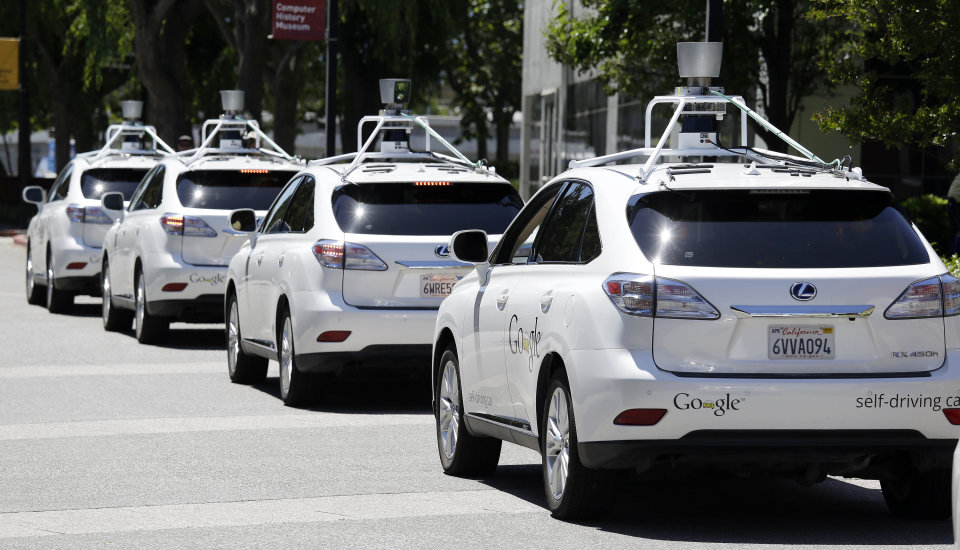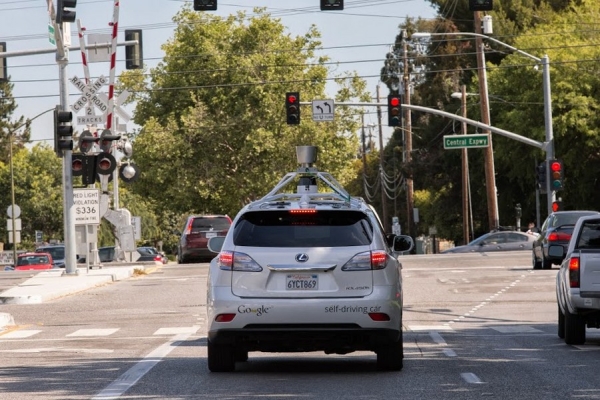Ford prepares for autonomous decade
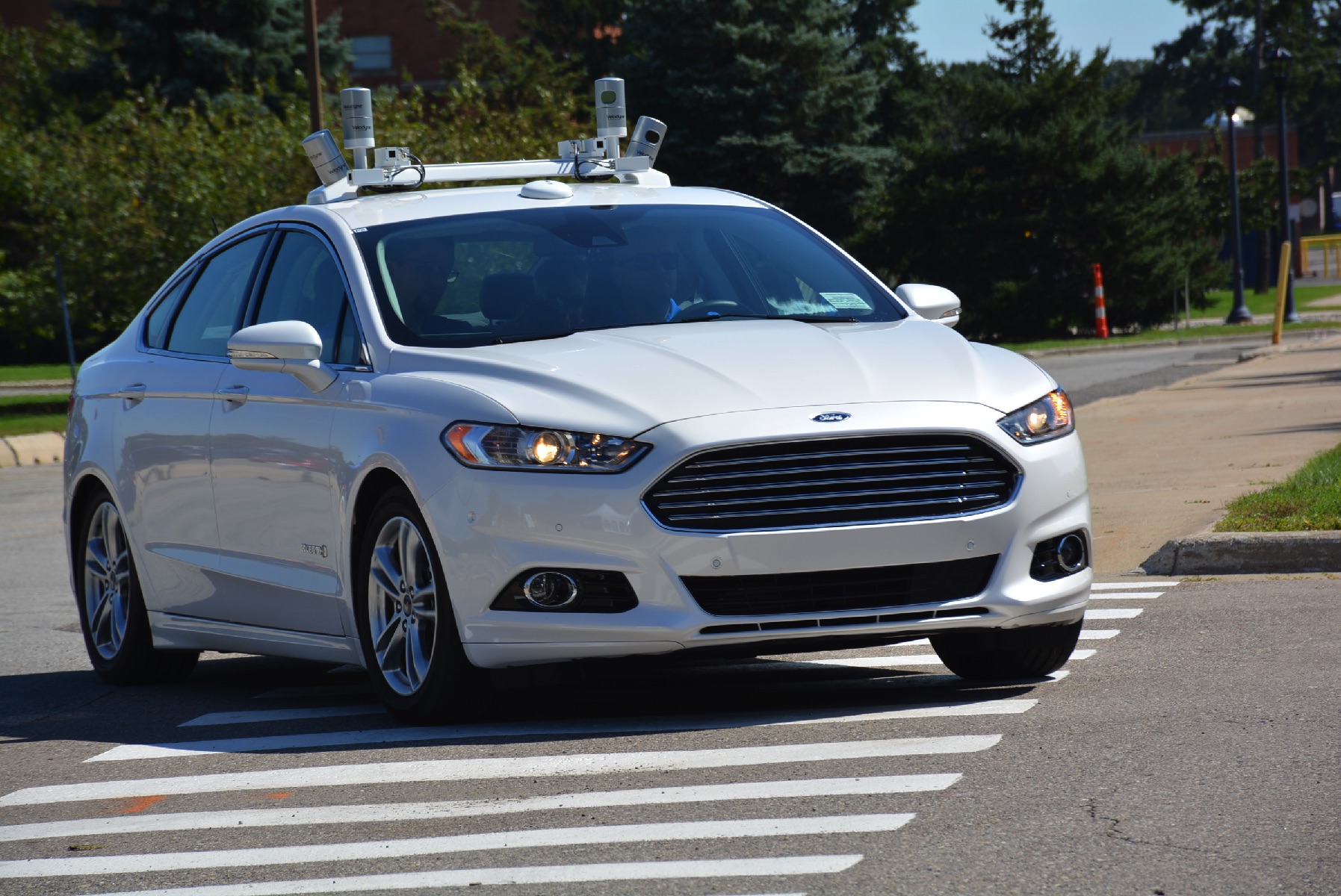
Dearborn, MI – Whether you agree with it or not, the automotive industry is shifting its rhetoric towards autonomous driving. For the past few years, many automakers have started to showcase semi-autonomous aids within its vehicles with the mindset to eventually launching full autonomous versions starting in the year 2020.
Ford, like many other automakers, are trying to be on the forefront of the autonomous movement, but it's taking a different approach to the situation. An announcement has been made that the Blue Oval by 2021 will be rolling out a fully-autonomous Level 4 (where passengers never have to be prepared to take control of the gears or pedals) ride sharing program to assist both consumers and the cities they live in. It's part of a shift in the Ford business model from simply selling cars to selling and servicing clientele through a sharing perspective.
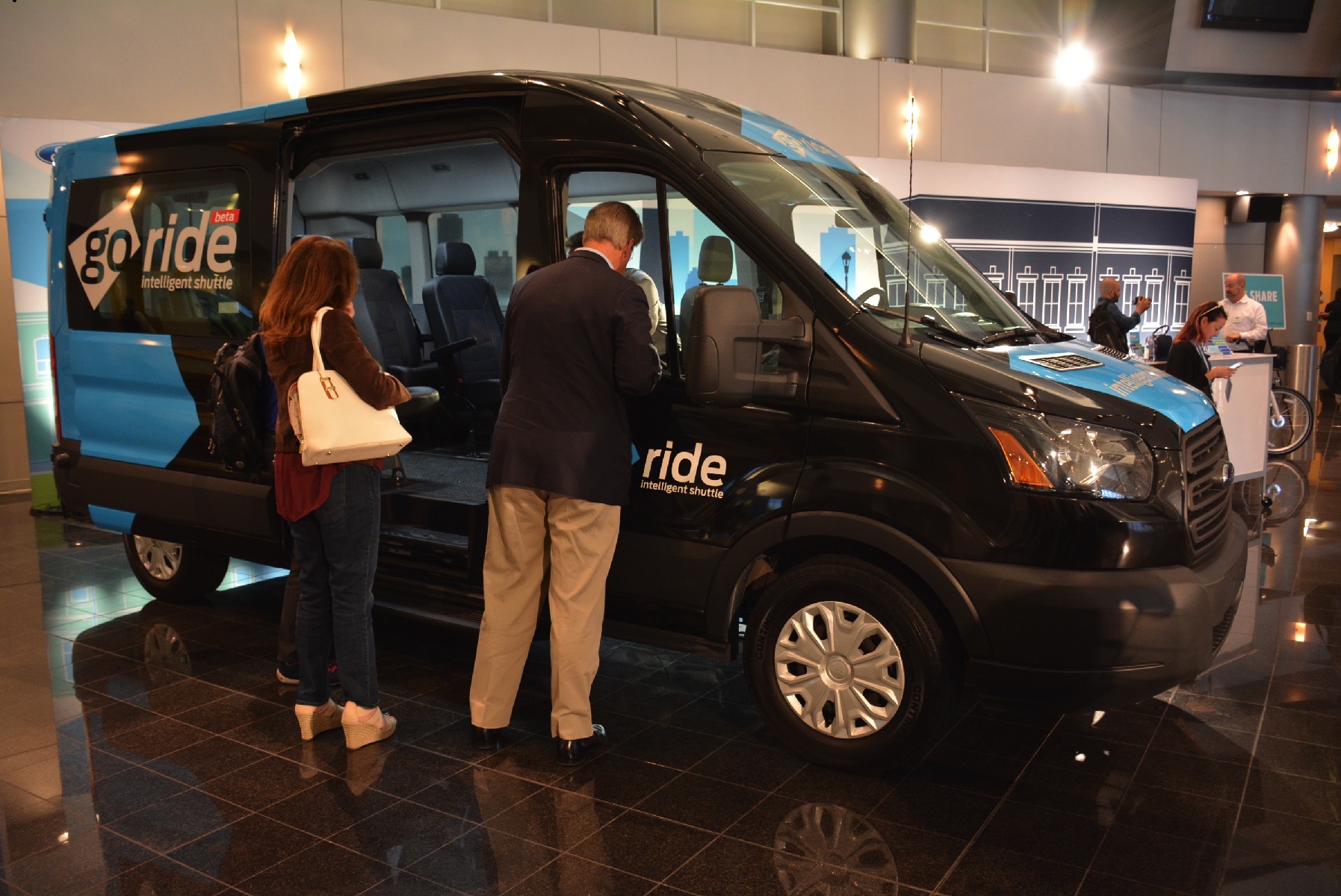
Ride sharing is not a new practice, but with the meteoric rise and consumer acceptance of ride sharing programs like Uber, the practice hasn't been lost on Ford.
“Autonomous technology is expensive to produce, and that would make personal ownership difficult in the future,” said Raj Nair, Executive Vice President, Product Development at Ford Motor Company.
In order for this ride sharing project to become successful, Ford has teamed up with a number of start-up companies to develop its upcoming autonomous system. We don't know yet in what form this vehicle will take in 2021, but we were able to experience some of that technology in an autonomous Fusion Hybrid around the Ford Research and Engineering Center in Dearborn, Michigan.
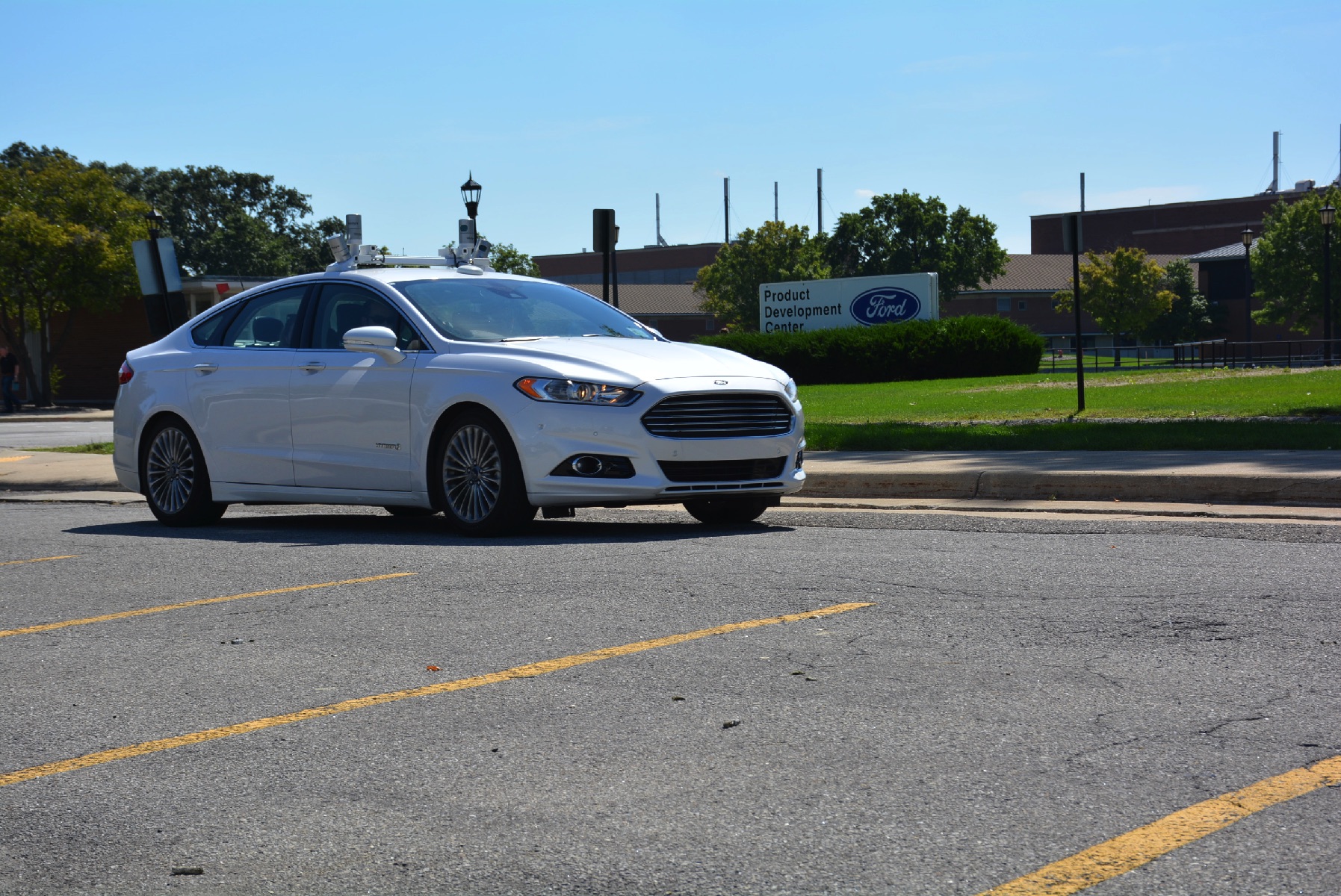
The drive loop was short and uneventful – exactly what Ford wanted from this event. Two Ford employees managed the operations of the vehicle, but only for precautionary and explanatory purposes, as I sat in the back seat. From that vantage point, I was able to watch this trippy ride, while simultaneously viewing a laptop that showed a 3D mapping of the area with live data including stop signs, street lights, other vehicles and pedestrians, as well as the full landscape of the area. The 3D mapping provides 360-degrees of coverage from cameras and radar that surround the vehicle.
The car started to move without any hands on the wheel or feet on the pedals, allowing the Fusion to do its thing in full-autonomous mode. Naturally, safety appeared to be first and foremost in every instance. Whether it was at a stop sign, four-way intersection or pedestrian crossing, the autonomous vehicle stopped and deferred to the pedestrian or vehicle, regardless if the other car arrived at the stop first. It even waited for the pedestrian to fully exit the crosswalk, as per the official rules of the road.
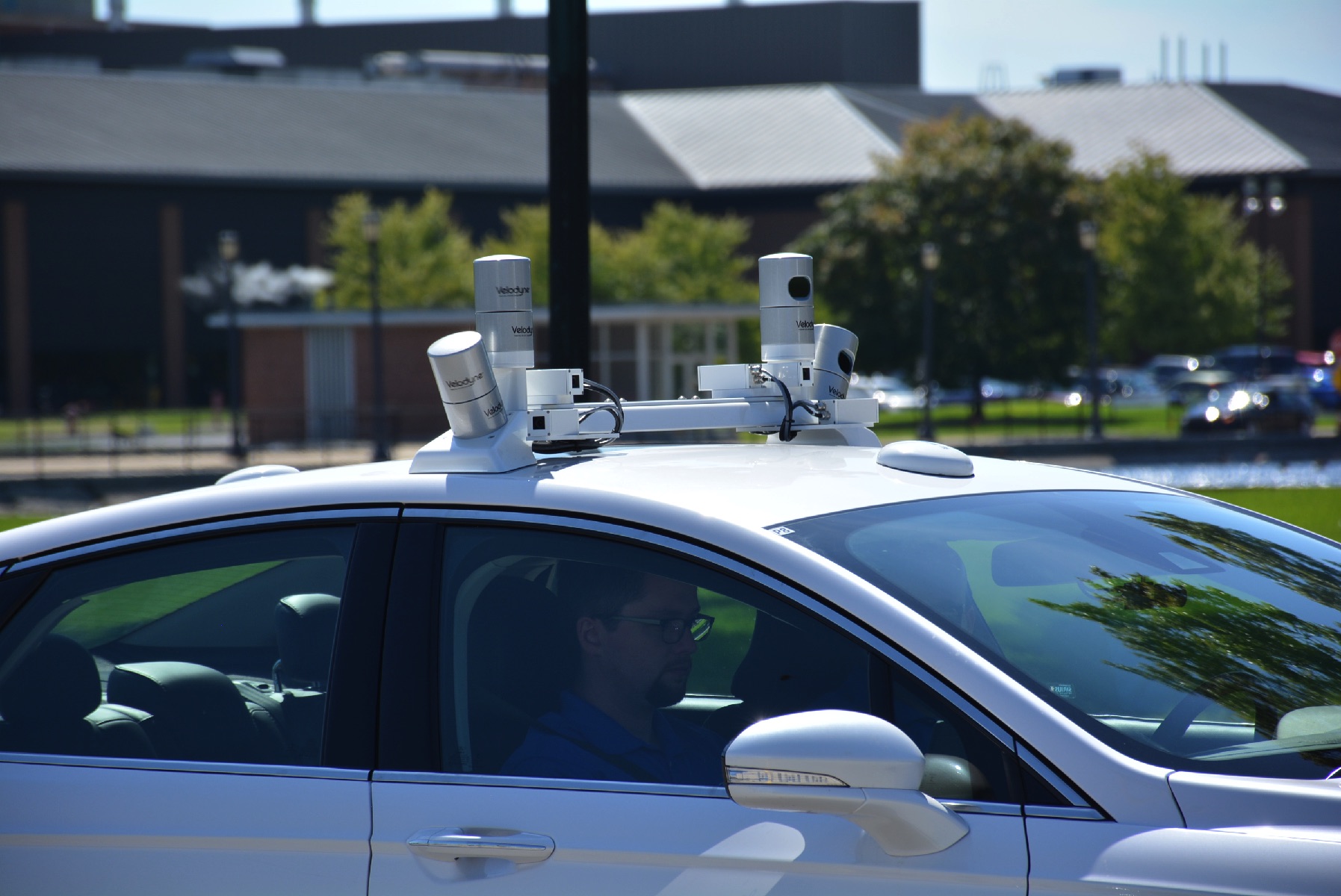
As for the speed limit, it's programmed to obey it at all times, which means it can go at or below, but never above. Obeying the speed limit to its full extent may be irritating to some, but a necessary precautionary measure given the pushback the technology would get if something were to go wrong. On the flip side, we are only in the early days of this program, and advancements are expected to be made with time.
Limitations are expected, but the only drawbacks noticed came down to its camera range. The technology at its current state can only see a 360-degrees view of 80 metres, but the next-generation lidar is expected to be around 200. It's an ongoing engineering challenge, but one that will have to be improved upon by Ford's Virtual Driving Systems team in Dearborn with assistance from the group in Palo Alto that recently saw their employee count double.
Driving in an autonomous vehicle is a refreshing experience that provides a glimpse into the future and a step beyond rhetoric. But as fun and mind blowing as the drive is, it comes with questions. The first thing that pops in my head, which was also articulated throughout the four information sessions in Dearborn is simply, why? Why now deviate from a successful business model to an auto and mobility company?
The answer was summed up by Mark Fields, President and CEO of Ford Motor Company with a Canadian reference many times stated by hockey icon Wayne Gretzky.
“You got to skate where the puck is going to go.”
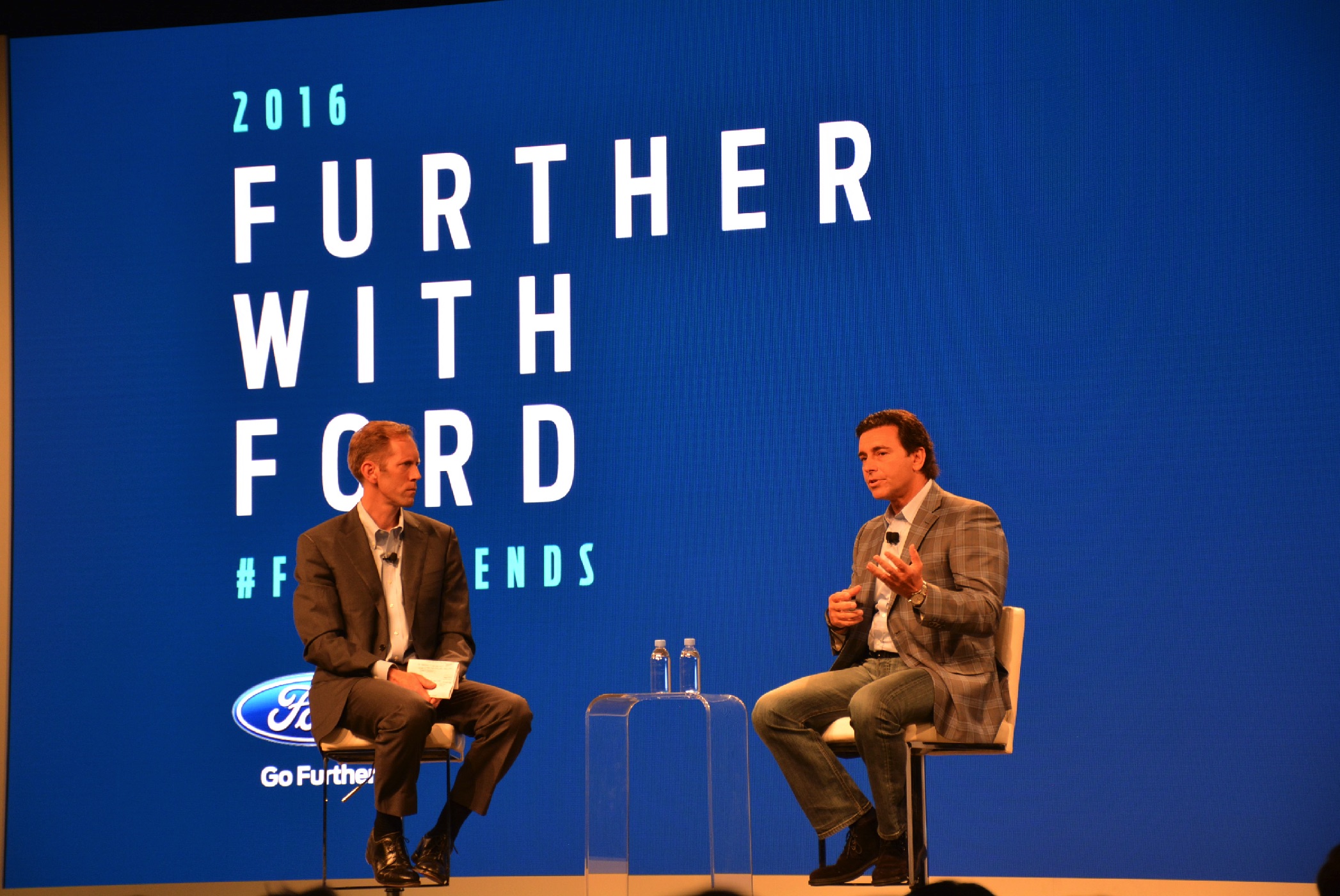
And with that, Ford is working on all current and future products by analyzing not only what's best for today, but also for tomorrow. That's not to say that the present is being neglected; it's just a matter of performing today at its maximum capacity without compromising the future.
Building autonomous vehicles comes with its challenges, but there are many more hurdles beyond building the technology, and I'm not just talking about the economics of the project that have to be allocated for. After that, there are major obstacles that include both consumer and state/province adoption, as well as the conundrum faced in the legal sector.
All of the autonomous technology is incredible to experience, and Ford's was no different. The autonomous ride was successful and without issue, yet short lived. The technology is there and by 2021, we can only expect it to get more advanced; however, that doesn't mean it will be well received by the public. Who's to say that it's something society needs – only the automakers are currently telling us that and using traffic congestion and poor driving as a reason to pursue it.
I can't say what the future will hold, but it looks like Ford is on the right path for autonomous driving via a ride sharing program. The technology is expensive and not practical for each individual to own, unless technology costs were to come down drastically. For now, all we can say is that Ford is being practical in its assessment, and if they're right about that, maybe they will be a leader in the autonomous quest at the turn of the decade.
- Published in Auto Events

